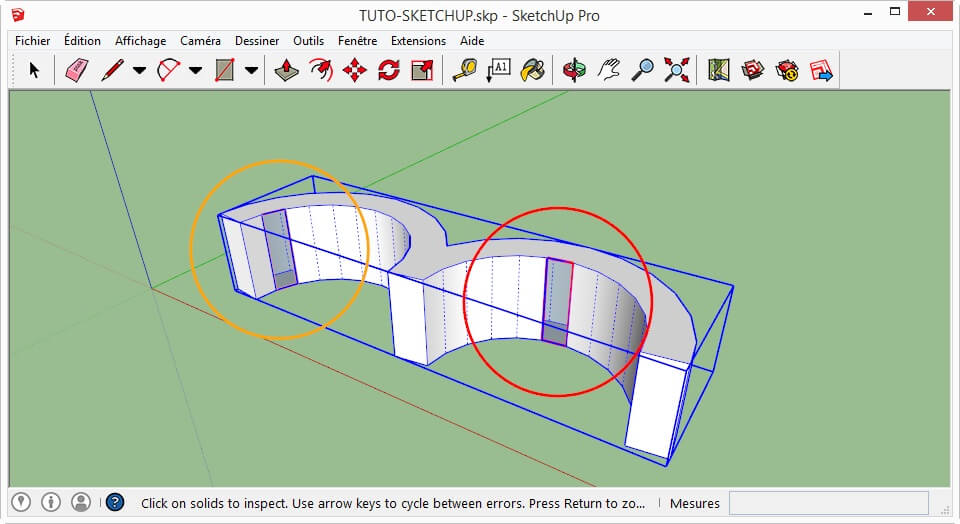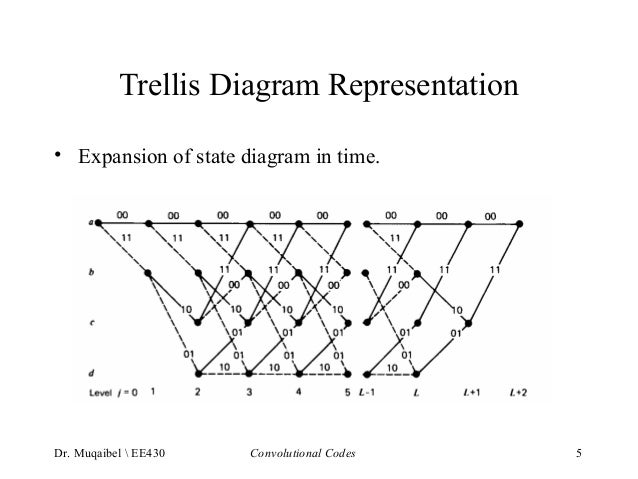Performance Example for Convolutional Code 24 Performance of r1/2 Convolutional Codeswith Hard Decisions 25 Performance of r1/3 Convolutional Codeswith Hard Decisions 26 Punctured Convolutional Codes 27 Practical Examples of Convolutional Codes.
- Download Free C Program For Convolutional Code Tutorials
- Download Free C Program For Convolutional Code Tutorial Pdf
- Free C Program For Mac
Viterbi decoder MATLAB source code

This section of MATLAB source code covers viterbi decoder matlab code including viterbi decoder specifications for convolutional encoder of constraint length 5. It mentions code snippet and steps to develop Viterbi decoder matlab code.
Specifications of convolutional encoder
Convolution Encoder (3, 1, 4) specifications
Coding rate: 1/3
Constraint length: 5
Output bit length: 3
Message bit length: 1
Maximal memory order / no. of memory elements = 4
Generator Polynomials: 25 (8), 33 (8), 37 (8)
Specifications of viterbi decoder
codeword length: 20
coding rate: 1/3
constraint length: 5
trace back length: 20
quantization levels: two (Hard decision type)
generator Polynomials: 25 (8), 33 (8), 37 (8)
This viterbi is designed for the above convolutional encoder specifications. Refer convolution encoder basics and Convolutional Encoder matlab code.
Viterbi decoder MATLAB Code STEPS
%Make up a symbol.
STEP-2: Transition Table For Trace Back.
STEP-3:find the length of input and LOOP FOR NUMBER OF TIME UNITS.
STEP-4:CHECKING FOR REDUNDANT STATES
Viterbi decoder MATLAB Code
Following is the part of the viterbi decoder matlab code.
%Concatenate three consecutive bits of received encoded sequence to
%Make up a symbol
input=[];
for j=1:3:length(rcvd)
input=[ input (rcvd(j)* 2^2) + (rcvd(j+1) * 2^1) + (rcvd(j+2) * 2^0)];
end
%%Initialize Ouput Table
Output_Table = [ ...
0 0 7; ...
1 7 0; ...
2 3 4; ...
3 4 3; ...
4 5 2; ...
5 2 5; ...
6 6 1; ...
7 1 6; ...
7 3 4; ...
8 4 3; ...
9 0 7; ...
10 7 0; ...
11 6 1; ...
12 1 6; ...
13 5 2; ...
14 2 5];
%%Initialize Next-State(Ouput State) Table
Next_State =[ ...
0 0 8; ...
1 0 8; ...
2 1 9; ...
3 1 9; ...
4 2 10; ...
5 2 10; ...
6 3 11; ...
7 3 11; ...
8 4 12; ...
9 4 12; ...
10 5 13; ...
11 5 13; ...
12 6 14; ...
13 6 14; ...
14 7 15; ...
15 7 15];
%T R A C E - B A C K
%%%%%%%%%%%%%%%%%%%
slm = min(aem(:, 21));
slm_loc =find( aem(:, 21)slm );
sseq(21) = (slm_loc(1)-1);
for t=20:-1:1
sseq(t) = State_Hist(sseq(t+1) + 1,t+1);
end
dec_op=[];
for k =1 : 20
dec_op(k) = Transition_Table(sseq(k)+1, sseq(k+1)+1);
end
Download Free C Program For Convolutional Code Tutorials

RELATED LINKS
Register and download following paper:
https://www.academia.edu/5406231/
Design_and_Implementation_of_Convolution_Encoder_with_Viterbi_Decoder
https://apt.cs.manchester.ac.uk/ftp/pub/apt/theses/Shao07_phd.pdf
Useful Links to MATLAB codes
Refer following as well as links mentioned on left side panel for useful MATLAB codes.
OFDM Preamble generationTime off estimation corrFreq off estimation corrchannel estimation11a WLAN channelPN sequence generationOFDMA Tx RxAES DEScarrier aggregationCCDFFIR FilterIIR FilterLow Pass FIRViterbi decoderCRC8 CRC32